Visages, Villages (Faces, Places): An interview with director Agnès Varda and photographer JR
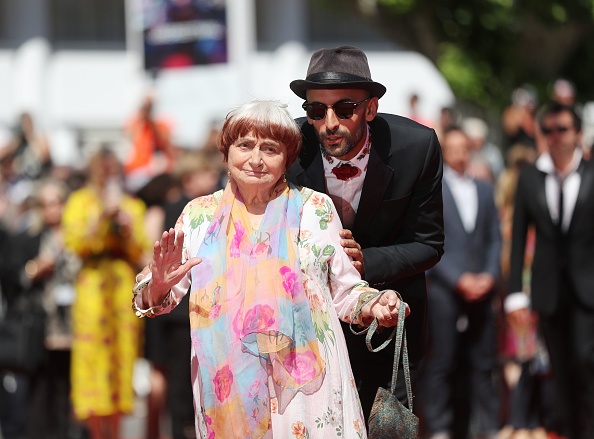
Visages, Villages is a collaboration between Cannes favourite Agnès Varda and photographer and artist JR. The film has been shown out of competition at this year’s festival and has received an overwhelmingly positive response from critics. It brings together two disparate generations of artist, with Varda an octogenarian and JR a comparatively sprightly 34. The feature shows the pair as they travel across rural France, taking images of local people and putting them on display, evoking individual and collective memories of French society and industry. We interviewed Agnès and JR a few days after the press screening of Visages, Villages in the Palais. We spoke with the pair about their newest film, previous works and their desire to depict working class life.
Hello. Why do you think this film appeals to so many different nationalities?
Agnès Varda: My films have never made much money but I am known in some surprising countries like Brazil and South Korea. I am lucky that my films are known by cinephiles, although they don’t make money. They are known all over the world.
JR: Yes, it’s amazing. I was in Cuba at a university and some kids who were 17 years old told me that they knew all the movies of Agnès Varda. I was like, “How can you know all these movies?”. They knew some that even I hadn’t seen! I didn’t know you were making movies Agnès, you didn’t tell me!
How important is it to break rules in society?
AV: It’s never a decision. You do and find out.
JR: It’s not about working illegally because sometimes we don’t have the choice. We ask the people. So the way a referendum is done is that we ask everyone if it is OK to paste a picture on this wall. If it is OK, we see it as a privilege to do it in public. It’s like a street government. We would never do things against the people.
AV: There was a policeman who didn’t like the scaffolding because it was in public space but then you sent him to me and said that I will pay.
JR: But then he is laughing!
You left in the film the girl who wasn’t happy with her photograph.
AV: Yes, this was important. Everyone else was happy with the posters and loved the idea. They thought it was an event that we shared. The girl was shy and maybe it was too big, but the kids loved it.
JR: Not everyone wants to be put up on the wall to be famous. We put the images there to start a discussion. My biggest memory was in Tunisia when people were pasting images of themselves for my Inside Out Project, and people were taking them down. You would look at this and say it was horrible, and then the people pasting the photos were saying “this is us, these are people, not dictators”. And an old man said, “Let it happen”. These people have the right to paste the photos and these people have the right to take it down. This is democracy and let’s enjoy it. People reinterpret the images based on their own story.
AV: It’s about the look. The way people look at things and themselves. JR is always making fun of my eyes and my feet, but what is the look? We are with the people, but we are artists. We are allowed to be a little bizarre. You would not see eyes on a train. It was very radical when I made my first film in 1954 [La Pointe Courte]. The film was totally different; it was radical new cinema. I didn’t feel like I was breaking any rules; I was making my own rules. It didn’t make any money but now it’s being taught at universities. So I am still on the side. I am an artist. My work is an investigation as well as a conversation.
You place women at the front and centre of your film. Why do you think women have been neglected in artistic depictions of working class life?
AV: For so long cinema has been selfish and not let the poor women in. Look at the history. In the history of cinema, it has been impossible for women directors. Now, there are more. It’s changing.
JR: I took Agnès to Le Havre – we declared before that we were going to villages and Agnès said Le Havre was a big city. But there are no women working on the docks. I think there may be one working in Amsterdam, that’s it! The men’s wives didn’t even go to the docks. It takes a second! When Agnès said bring them, she took them aside and did the interview without me. And we got all the men to help with moving the containers in order to build those faces. And it made them reflect on themselves, they asked, “Why are we so male-centred?”. We did it on the day of one of the biggest strikes as well.
AV: The men said, “it’s OK, we are pushing past prejudices”. They were touched by the idea of women standing up and being strong. The Northern woman in the street was a great example.
What do you think of art in the Instagram generation?
AV: You know, it can be harnessed like in JR’s Inside Out Project. It’s not all about selfies.
Joseph Owen
Photo: Valery Hache / Getty Images
Read our review of Visages, Villages (Faces, Places) here.
Read more of our reviews from the festival here.
For further information about Cannes Film Festival 2017 visit here.

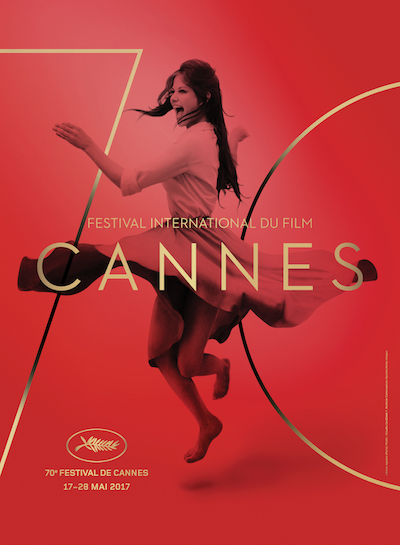
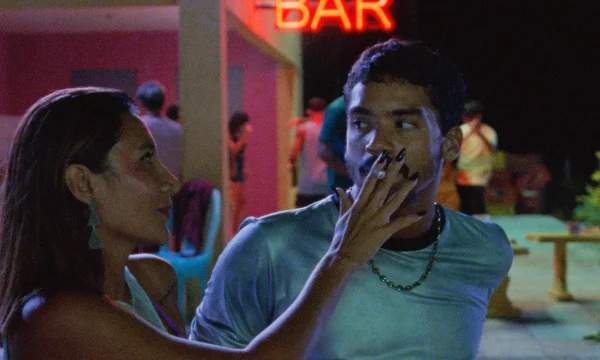
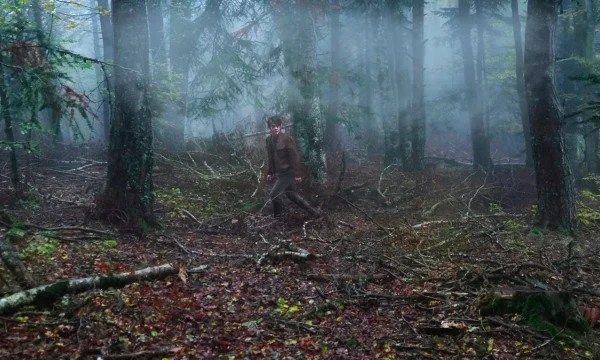
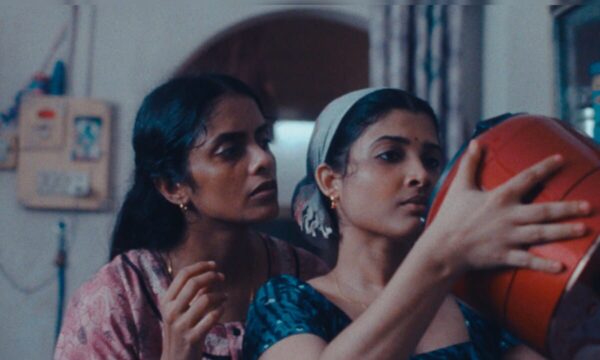
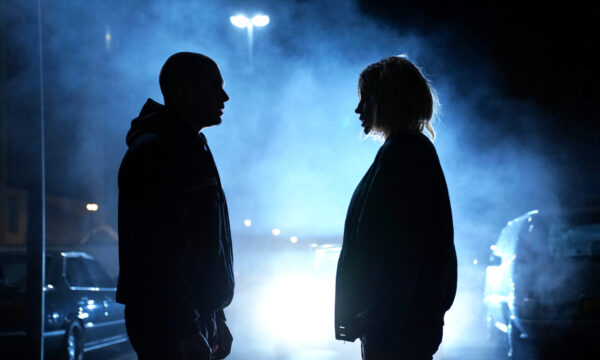
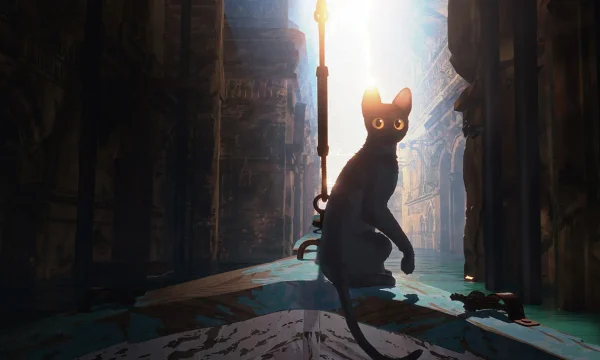
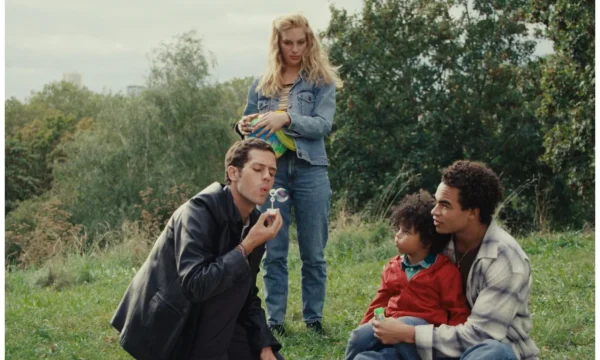
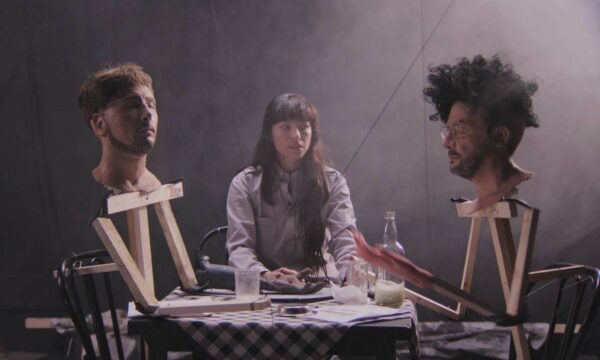
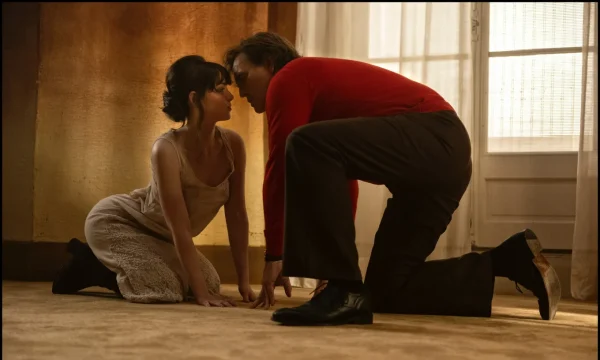
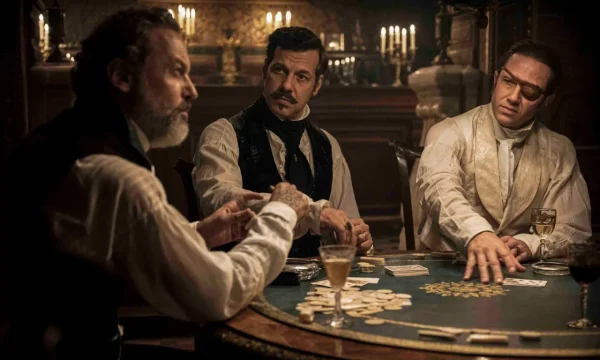













Facebook
Twitter
Instagram
YouTube
RSS